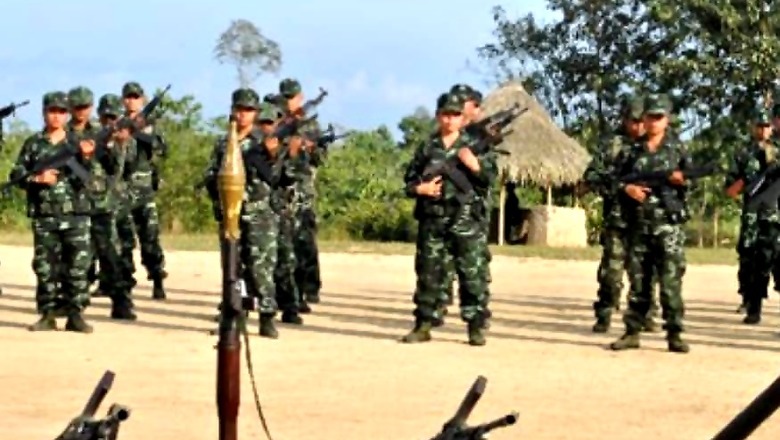
views
New Delhi: On Thursday, a series of tweets by Nagaland chief minister Neiphiu Rio created a bit of flutter. “It is a historic moment and an occasion of great joy for all Nagas and the nation as a whole. Peace will now pave the way for genuine progress and true nation-building,” he posted.
Had India’s oldest insurgency finally been resolved? The short answer is, no. The final agreement for the Naga peace talks was not signed on the settled day, October 31. But some progress has been made, even though the Centre and rebel groups could not reach a final understanding – four years after the inking of the Naga peace accord in 2015.
The National Socialist Council of Nagaland [Isak-Muivah], or NSCN (I-M) – the dominant faction of the two rebel groups in the state – has come on board for talks with Nagaland governor and peace talk interlocutor RN Ravi. The Centre also has agreed to allow the use of the Naga flag at cultural events.
However, there are issues remaining in Nagaland that are yet to be finalised which keeps the region on the edge of violence. News18 explains the Naga peace talks as they enter, what appears to be, the final phase.
Who are the Nagas and what is the issue?
In ethnically rich north-east India, the Nagas are a community that comprise several hundred tribes. This community lives across the Naga hills spanning present day Indian state of Nagaland, certain areas of Manipur, Arunachal Pradesh and Assam, along with the Naga hill areas of Myanmar. One of the key demands of this long-standing dispute with the Government of India is the formation of the autonomous region of Greater Nagalim, which would include all these areas.
The Naga hills became part of British India in 1881 after the ‘annexation’ of Assam in 1826. This led to the unification of Naga tribes to form the Naga Club in 1918. The Club formed its political unit, the Naga National Council (NNC), in 1946, thus beginning the fight for freedom from foreign rule.
On August 14, 1947, the NNC, under the leadership of Angami Zapu Phizo (called the Father of the Nagas), declared Nagaland an independent state. Following an alleged referendum in the state that supported a “sovereign Nagaland”, Phizo formed the Naga Federal Government (NFG) and the Naga Federal Army (NFA) in 1952 that sparked the scuffle with the government.
How did the Naga issue turn violent?
Following the self-determination of Naga tribes, the Centre viewed the NFG and the NFA as a threat to democracy and the unity of India, so much so that it sent in the army to crush the rising emergency. In 1958, it enacted the Armed Forces (Special Powers) Act, giving the army judicial impunity in matters of internal security.
The army’s control over the state petered out by the 1970s as the NNC and NFG agreed to give up arms by signing the Shillong Accord with the Government of India. However, the insurgency returned with raging intensity with the formation of the NNC breakaway faction, the NSCN, in 1980. Three key members – Thuingaleng Muivah, Isak Chishi Swu, and SS Khaplang – left the NNC to form the National Socialist Council of Nagaland.
A hundred and forty members of the NSCN under the leadership of Thuingaleng Muivah refused the Shillong Accord, leading to a decade on violence in the Northeast.
What is the NSCN story?
The NSCN split into two groups – NSCN (Isak-Muivah) and the NSCN (Khaplang) in 1980 and 1988 respectively. The former faction was led by Isak Chishi Swu, Thuingaleng Muivah with the demand to establish a Greater Nagalim based on Chinese communist revolutionary Mao Zedong’s model. The Khaplang offshoot wished to establish Greater Nagalim based on ethnicity and merging of Naga-dominated areas.
The Nagaland assembly has endorsed the ‘Greater Nagalim’ demand five times so far.
How did the peace talks start and what has happened so far?
In August 2015, after two decades of the Naga separatist movement, the Centre signed a framework agreement with the NSCN (I-M) in the presence of Prime Minister Narendra Modi. The agreement paved the way for the ongoing peace talks by derecognising the outfit as a militant organisation.
What followed was nearly 80 rounds of talks with between the two parties, which assured the Nagas about the seriousness of the central government to settle the dispute. The Centre clubbed various divisions among the Nagas on tribal and geopolitical lines into the Naga National Political Groups (NNPGs) to smoothen the talks.
On agenda for discussion are issues on AFSPA, demographic changes due to cross-border migrations, a separate Naga flag and constitution, etc.
The Khaplang faction died down in its political significance with the death of its leader SS Khaplang in 2017. Isak Chishi Swu from the NSCN (I-M) also passed away in 2016, making Muivah the most senior Naga rebel leader.
However, this wasn’t the first attempt at total ceasefire and peace in the hill state. Earlier, in 1997, following multiple rounds of talks, the NSCN (I-M) had signed a ceasefire agreement with the Centre. The group had assured that there would be no insurgent offensive against the army, while the Centre agreed not to launch counter-insurgency operations against rebels.
How do other north-east states view the Naga demand?
While the Naga rebel outfits have successfully been able to get the Centre to the table for talks, neighbouring states are wary of the impact of the peace talks. This makes the Naga issue a tricky space for a lasting solution.
Assam, Arunachal Pradesh and Manipur are sceptical about the demand for creation of Greater Nagalim because it could lead to the redrawing of their boundaries. The final outcome may affect the states in terms of trade and commerce, as well as cultural and ethnic unity.
In a petition, Manipur has voiced protest against the dilution of the state’s territorial integrity.
Similarly, Arunachal Pradesh has also raised similar concerns, with the All Arunachal Pradesh Students’ Union (AAPSU) demanding that the Pema Khandu government in the state should take a stand on the matter.
Naga extremists were believed to be involved in the killing of Tirong Aboh, elected MLA from the Khonsa West Assembly seat, and 10 other leaders from Arunachal on May 21.











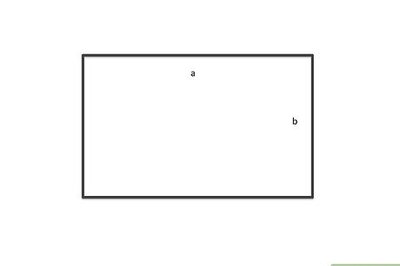

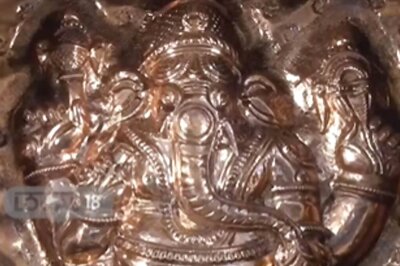

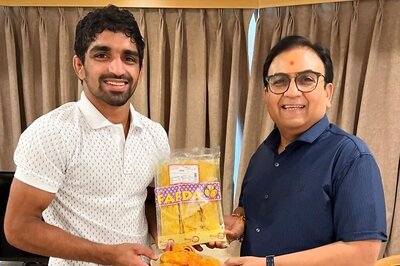
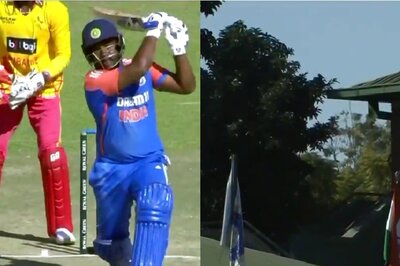

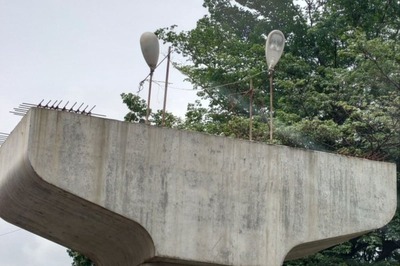

Comments
0 comment